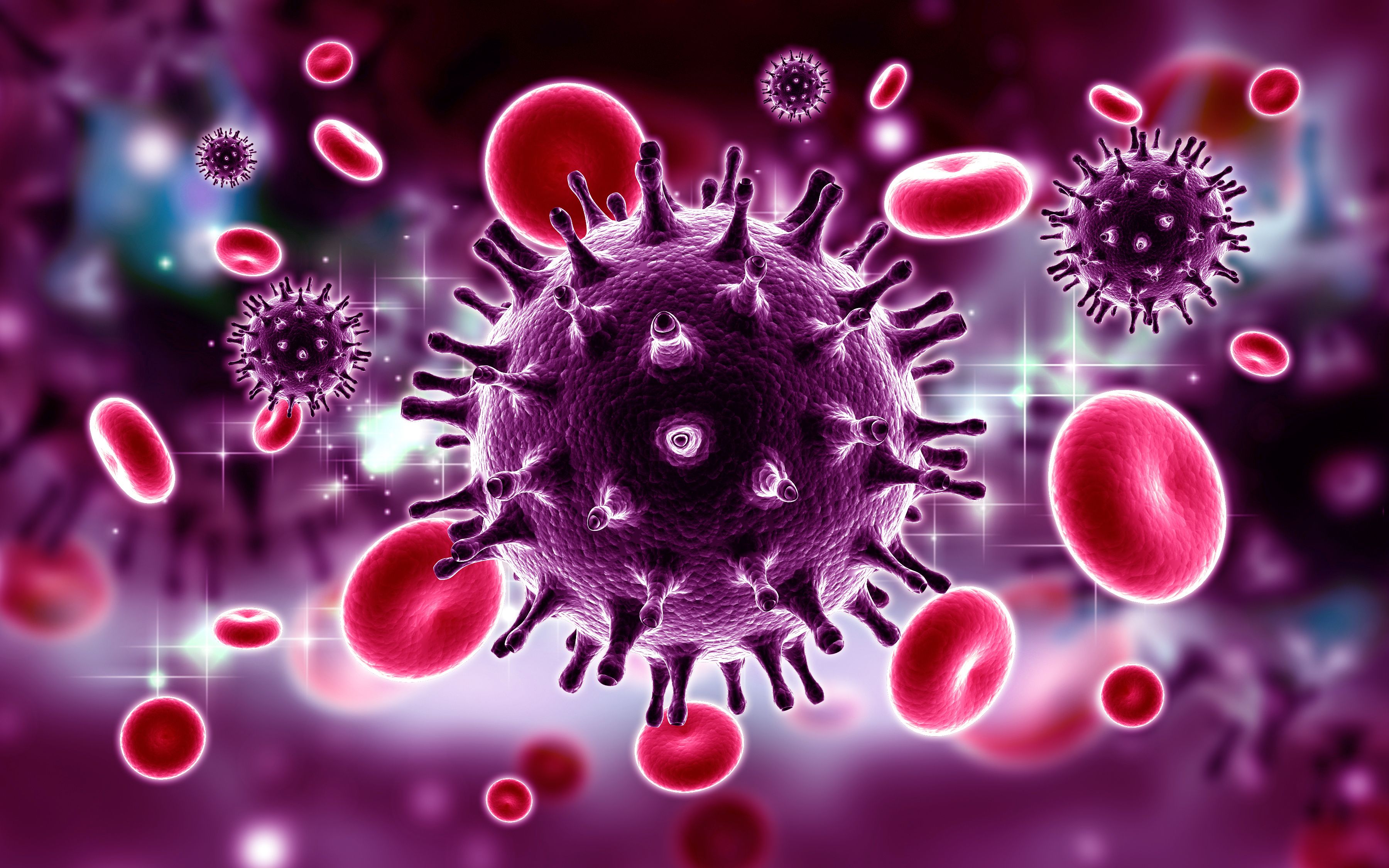- Center on Health Equity & Access
- Clinical
- Health Care Cost
- Health Care Delivery
- Insurance
- Policy
- Technology
- Value-Based Care
National HIV/AIDS Strategy Quality of Life Goals Unlikely to Be Met
Goals including addressing all of hunger and food insecurity, unmet needs for mental health services, and unstable housing or homelessness in people living with HIV are unlikely to meet their 2025 thresholds.
Goals laid out by the National HIV/AIDS Strategy (NHAS) to improve the quality of life in patients living with HIV are unlikely to meet their 2025 goals after new data reveal that only 1 of the quality-of-life goals has improved and only in patients aged 65 years and older. The analysis, published in Morbidity and Mortality Weekly Report,1 encourages multisectoral strategies to improve on the goals.
The improvements in treating HIV in the United States have resulted in patients living with HIV (PWH) for a longer amount of time. However, this has also led to PWH have an increased incidence of adverse effects related to HIV that can affect their quality of life, including an increased chance of having cardiovascular disease, dementia, and diabetes.2 The NHAS laid out 5 areas of improvement to be improved by 2025; these included good or better self-rated health, unemployment, unmet need for mental health services, hunger or food insecurity, and homelessness or unstable housing. The aim of the goals was to increase good or better self-rated health to 95% and decrease the remaining indicators by 50%. This analysis aimed to give an update on the progress made in meeting these goals in PWH.
All NHAS improvement goals for patients with HIV are unlikely to be met by 2025 | Image credit: RAJCREATIONZS - stock.adobe.com

This study used data from the Medical Monitoring Project (MMP), which is an HIV surveillance system that is funded by the CDC. The database uses a 2-stage sample design that samples 16 states, Puerto Rico, and Washington, DC. Random samples of adult PWH were also selected if they were a part of the National HIV Surveillance System. All data were collected from June 2017 to May 2023. There were 13,475 PWH who participated in MMP and were aged 50 years and older. PWH were separated into 2 groups of those aged 50 to 64 years and those aged 65 years and older.
The goal of self-reporting good or better health in 95% of PWH aged 50 years and older was not met, as the number decreased slightly from 65.6% (95% CI, 63.5%-67.6%) in 2018 to 65.0% (95% CI, 62.7%-67.2%) in 2022, which puts it 46.2% below the 2022 estimate. The NHAS also aimed to reduce the number of PWH aged 50 years and older with an unmet need for mental health services to be 9.4%. However, this number increased from 18.8% (95% CI, 15.4%-22.1%) in 2017 to 21.5% (95% CI, 16.5%-26.5%) in 2022.
Unemployment did decline from 11.7% (95% CI, 9.7%-13.6%) in 2017 to 8.0% (95% CI, 6.6%-9.5%) in PWH aged 50 years and older but was still higher than the goal percentage of 5.9%. Unemployment was lower in those aged 65 years and older compared with those aged 50 to 64 years. PWH aged 65 years and older were the only ones to reach a goal, as their hunger or food insecurity was reduced. However, hunger and food insecurity were reported in 14.1% (95% CI, 12.5%-15.8%) of PWH aged 50 years and older in 2022, which is higher than the goal of 9.0% and only a slight reduction from the 17.9% (95% CI, 15.4%-20.4%) in 2017.
Lastly, unstable housing or homelessness was reported as affecting 12.5% (95% CI, 10.8%-14.2%) of PWH aged 50 years and older in 2022, which is higher than the goal of 7.4% and only slightly lower than the 14.7% (95% CI, 13.0%-16.4%) reported in 2017. Unstable housing and homelessness was lower in PWH aged 65 years and older when compared with PWH aged 50 to 64 years but not for the 2022 cycle.
There were some limitations to this study. Recall or social desirability biases may have affected the measurements contained within the analysis. Estimated annual percentage change is also affected by the prevalence of the variable assessed, as it measures relative change.
The authors concluded that the NAHS quality-of-life goals will likely not be met in 2025, as the reported numbers are too high to accurately predict any further reduction in the reported unmet needs. The authors suggest multisectoral implementation of programmatic efforts to help guide the future goals of improving the quality of life in PWH who are aged 50 years and older.
References
- Beer L, Tie Y, Crim SM, et al. Progress toward achieving national HIV/AIDS strategy goals for quality of life among persons aged ≥50 years with diagnosed HIV — Medical Monitoring Project, United States, 2017-2023. MMWR Morb Mortal Wkly Rep. 2024;73(36):781-787
- HIV, AIDS, and older adults. National Institute of Aging. Updated September 1, 2021. Accessed September 12, 2024. https://www.nia.nih.gov/health/hiv-aids/hiv-aids-and-older-adults
Elevating Equitable Health Care for the LGBTQ+ Community
June 18th 2024For the third episode in our special Pride Month series, we speak with Patrick McGovern, CEO of Callen-Lorde since August of 2023 and an outspoken advocate for HIV; lesbian, gay, bisexual, transgender, queer, plus (LGBTQ+); and community health.
Listen
Community Outreach Is Enabling CeSHHAR to Close HIV Care Gaps in Zimbabwe
April 6th 2021The Centre for Sexual Health and HIV/AIDS Research Zimbabwe conducts evidence-based research related to HIV and AIDS, as well as provides and implements sexual and reproductive health education and interventions among sex workers, children, and adolescents, and in the area of masculinity.
Listen
